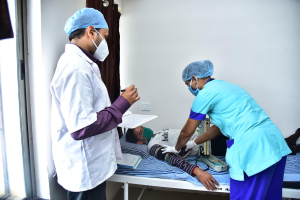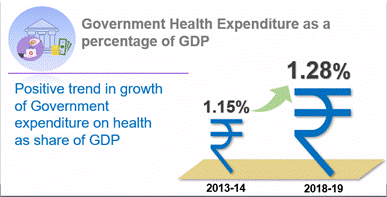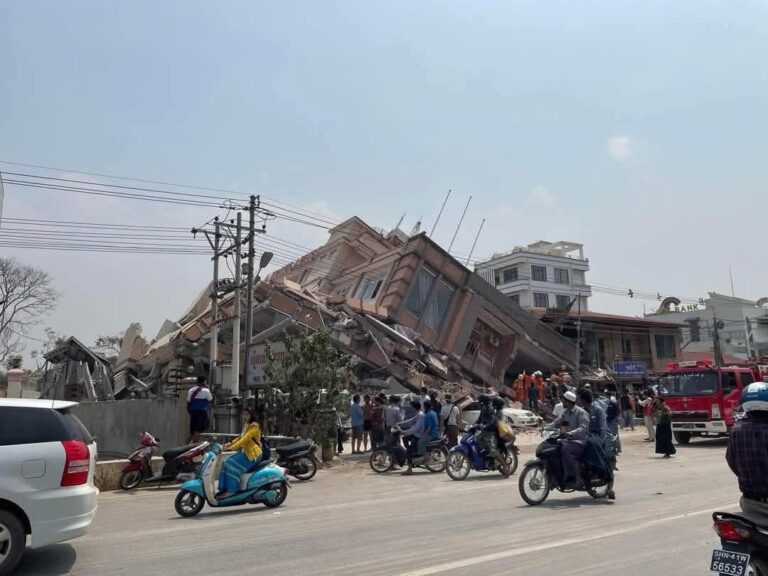
New Delhi: Primary and secondary healthcare accounts for more than 80% of the current Government Health Expenditure. In the case of the private sector, the share of tertiary care has increased but primary and secondary care show a declining trend. Between 2013-14 and 2018-19, in government, the share of primary and secondary care increased from 74% to 86%. On the other hand, in the private sector, the share of primary and secondary care has declined from 82% to 70% during the same period.
The National Health Accounts (NHA) Estimates for India for 2018-19, released here today, estimates for 2018-19 indicate falling reliance on external funding in the health sector of the country. The findings from the report depict that foreign aid for health has come down to 0.4% in 2018-19 from 2.3% in 2004-05, showcasing India’s economic self-reliance.
The government’s share in total health expenditure increased from 28.6% in 2013-14 to 40.6% in 2018-19, while Government-financed health insurance expenditure increased by 167% since 2013-14, according to the National Health Accounts (NHA) Estimates for India for 2018-19, released here today.
The report shows an increase in per capita government spending on healthcare by 74% since 2013-14 – Rs. 1042 to Rs. 1815 in 2018-19. The per capita Out-of-Pocket Expenditure (OOPE) as a percentage of total health expenditure declined by 16% points, from 64.2% to 48.2%. OOPE as a percentage of current health expenditure has also declined over time from 69.1% in 2013-14 to 53.2% in 2018-19. Also, the per capita OOPE in the country has decreased by 8% since 2013-14, from Rs. 2,366 to Rs. 2,155 currently.

The NHA estimates for 2018-19 further show an increase in the share of government health expenditure in the total GDP of the country from 1.15% in 2013-14 to 1.28% in 2018-19. The government’s health expenditure as a percentage of current health expenditure too increased from 23.2% in 2013-14 to 34.5% in 2018-19.
Aligning with the focus on providing healthcare services to all which comprises one of the policy recommendations of the National Health Policy (NHP) 2017, the government’s primary healthcare expenditure increased from 51.1% in 2013-14 to 55.2% in 2018-19. Focusing on social security has resulted in expenditure on health as a percentage of total health expenditure growing from 6% to 9.6% now.
Trends in broad health financing and macroeconomic indicators
| Indicators | 2017-18
(in Rs Crores) |
2018-19
(in Rs Crores) |
Percentage change |
| Gross Domestic Product (GDP) | 1,70,90,042 | 1,88,99,668 | 11% |
| General Government Expenditure (GGE) | 45,15,946 | 50,40,707 | 12% |
| Total Health Expenditure (THE) | 5,66,644 | 5,96,440 | 5% |
| Government Health Expenditure (GHE) | 2,31,104 | 2,42,219 | 5% |
The National Health Account (NHA) estimates for India 2018-19 is the sixth consecutive NHA estimates report prepared by the National Health Systems Resource Centre (NHSRC), designated as National Health Accounts Technical Secretariat (NHATS) in 2014 by the Union Health Ministry. The NHA estimates are prepared by using an accounting framework based on the internationally accepted standard of System of Health Accounts, 2011, developed by the World Health Organization (WHO).
With the present estimate of NHA, India now has a continuous series of NHA estimates for the country, from 2013-14 to 2018-19. The Union Ministry of Health and Family Welfare stated that these estimates are not only comparable internationally, but also enable the policymakers to monitor the progress in different health financing indicators of the country.
– global bihari bureau





